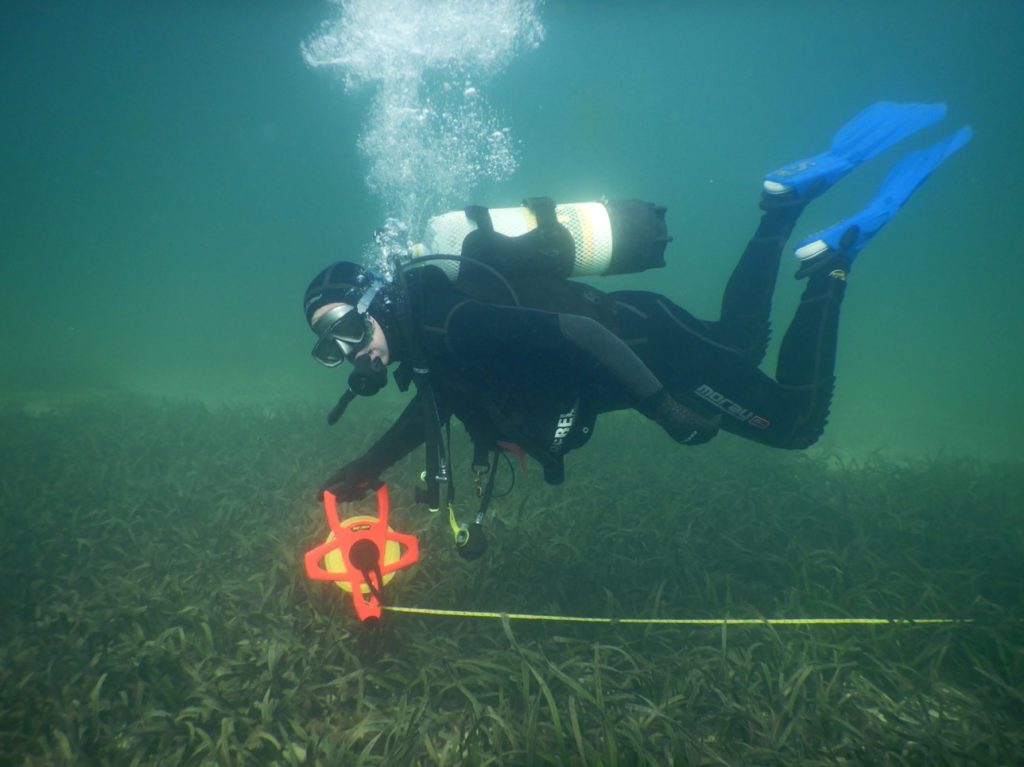
A vital element of the Whyalla Steelworks is its Cokemaking operation.
Coke is an essential ingredient in the steelmaking process and as well as producing coke for use in the Blast Furnace, this part of the process also produces nitrogen-rich water as a by-product, some of which is discharged into our tidal embayment leading into False Bay. Historically, the excess nitrogen in this discharge had an adverse effect on the seagrass within the area.
From the mid-1970s through to the mid-1990s, a series of pond systems and a sea wall were installed to help retain this discharge prior to entering the bay. This created a buffer zone in the form of the combined pond system and embayment where natural processes further reduced the available nutrient discharge load.
In the late 1990’s an engineered Reed Bed Treatment System (RBTS) was installed to achieve a step change in the level of nitrogen discharged. This system also subsequently allowed the treated effluent to be reused in the Coke Ovens process.

This load reduction – combined with the natural processes occurring within the embayment – have not only resulted in great improvement in seagrass condition, but also a significant expansion in overall seagrass coverage and density.
Working closely with the SA Environment Protection Authority (SA EPA), the Whyalla Steelworks environment team completed an extensive study into the remaining Cokemaking discharge which included a detailed assessment into the management and recovery of seagrass in the Upper Spencer Gulf, historically impacted by the nutrient discharge from the Coke Ovens.
The study showed that, adjacent to the Steelworks, the impacted seagrass had undergone at least a five-time expansion in extent between 1990 to the current time and in some places up to ten times expansion.
In addition to the expansion the health of the seagrass near the discharge point, the study also found the seagrass adjacent the discharge point is similar, in terms of both leaf length and biomass, to seagrass at background sites to the south of Whyalla.
GFG continues to monitor seagrass health and expansion closely and shares findings with the EPA and other organisations in order to share recovery learnings for these important ecosystems.
